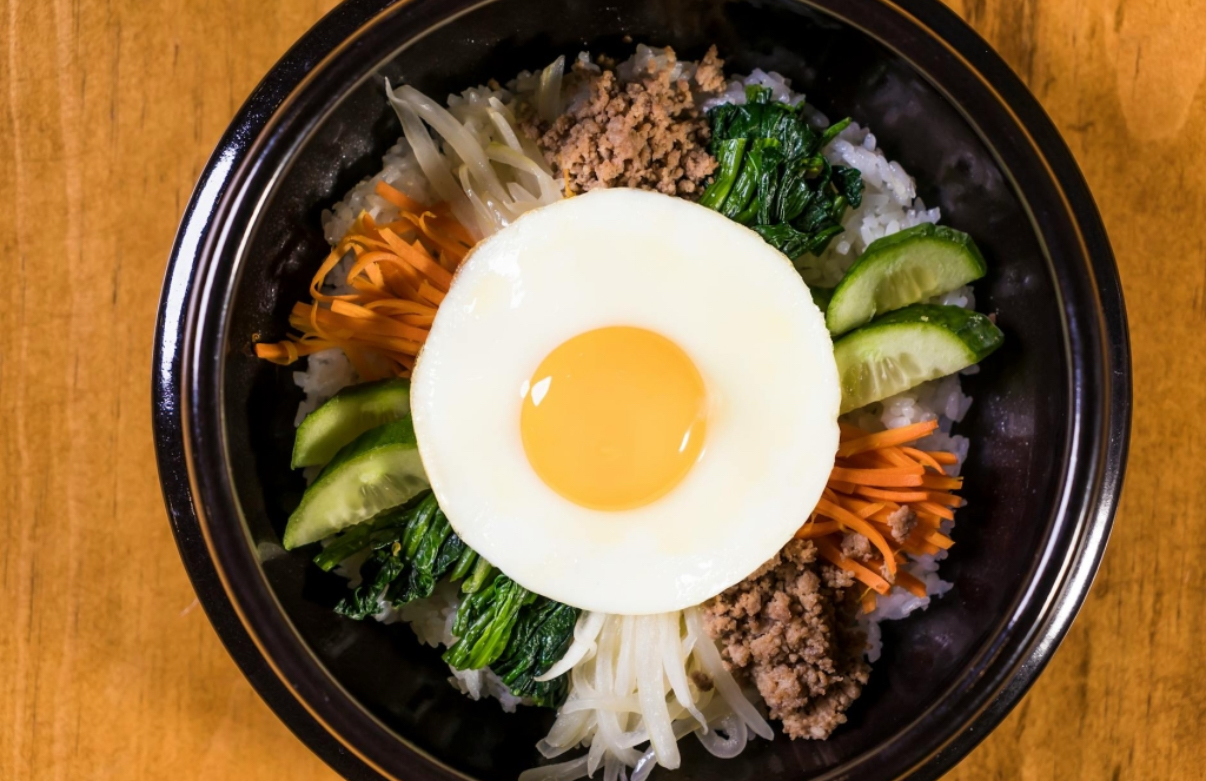
Are you ready to embark on a culinary adventure that will tantalize your taste buds and introduce you to a world of unique flavors? Look no further than Korean cuisine! 🇰🇷 This beginner's guide will walk you through the basics of Korean food, helping you navigate the delicious landscape of this vibrant culinary tradition.
What Makes Korean Food Special? 🤔
Korean cuisine is a perfect blend of flavors, textures, and nutrition. It's known for its:
1. Complex flavor profiles 👅
2. Use of fermented ingredients 🥫
3. Healthy cooking techniques 🥗
4. Vibrant colors and presentation 🎨
Let's dive into the essentials of Korean cooking!
The Foundation: Rice and Banchan 🍚🍱
At the heart of most Korean meals, you'll find:
- Steamed short-grain rice
- Banchan (side dishes)
Banchan are small, flavorful dishes served alongside the main course. They can range from kimchi to seasoned vegetables and are an integral part of the Korean dining experience.
Essential Korean Ingredients 🧂🌶️
To start your Korean cooking journey, stock up on these key ingredients:
- Gochugaru (Korean red pepper flakes)
- Gochujang (fermented red chili paste)
- Doenjang (fermented soybean paste)
- Sesame oil
- Soy sauce
- Garlic and ginger
These ingredients form the backbone of Korean flavors and are used in countless dishes.
Popular Korean Dishes for Beginners 🍲🥘
1. Bibimbap: A colorful rice bowl topped with vegetables, meat, and a fried egg. Mix it all together for a burst of flavors! 🥚🥕🥩
2. Bulgogi: Thinly sliced, marinated beef that's grilled to perfection. It's sweet, savory, and utterly delicious! 🥩🔥
3. Kimchi: The national dish of Korea! This fermented vegetable side dish is tangy, spicy, and packed with probiotics. 🥬🌶️
4. Japchae: A stir-fried noodle dish with vegetables and meat, seasoned with a sweet and savory sauce. 🍝🥢
5. Samgyeopsal: Korean BBQ at its finest! Grill thin slices of pork belly right at your table and wrap them in lettuce leaves. 🥓🥬
Korean Table Etiquette 🍽️
When enjoying Korean food, keep these tips in mind:
- Use chopsticks and a spoon for eating
- It's okay to lift your rice bowl while eating
- Wait for the eldest person to start eating before you begin
- Don't stick your chopsticks upright in your rice
Health Benefits of Korean Food 💪🥗
Korean cuisine is not just delicious; it's also incredibly healthy! Many Korean dishes are:
- Low in fat
- High in vegetables
- Rich in fermented foods (great for gut health)
- Balanced in nutrients
Exploring Korean Restaurants 🏮🥢
When dining out, don't be afraid to try new things! Here are some tips:
- Start with a Korean BBQ restaurant for an interactive experience
- Try a variety of banchan to discover new flavors
- Ask for recommendations from your server
- Be adventurous and try dishes you've never heard of before
Cooking Korean Food at Home 🏠👨🍳
Ready to try your hand at Korean cooking? Start with these simple recipes:
1. Kimchi fried rice
2. Korean-style steamed eggs (Gyeran-jjim)
3. Spicy rice cakes (Tteokbokki)
4. Korean pancakes (Pajeon)
Remember, practice makes perfect! Don't be discouraged if your first attempts don't taste exactly like restaurant food. 😊
Conclusion 🎉
Korean cuisine is a wonderful world of flavors waiting to be explored. From the comforting warmth of a bowl of bibimbap to the exciting sizzle of Korean BBQ, there's something for everyone to enjoy. So grab your chopsticks and get ready to fall in love with Korean food! 🥢❤️
Now that you're armed with this beginner's guide, go forth and explore the delicious world of Korean cuisine. Happy eating! 맛있게 드세요 (Mashitge deuseyo)! 🍽️🇰🇷
#KoreanFood #KoreanCuisine #FoodieGuide #CulinaryAdventure #HealthyEating #AsianCuisine #FoodExplorer #TasteOfKorea #KoreanFlavors #BeginnersCookingGuide



